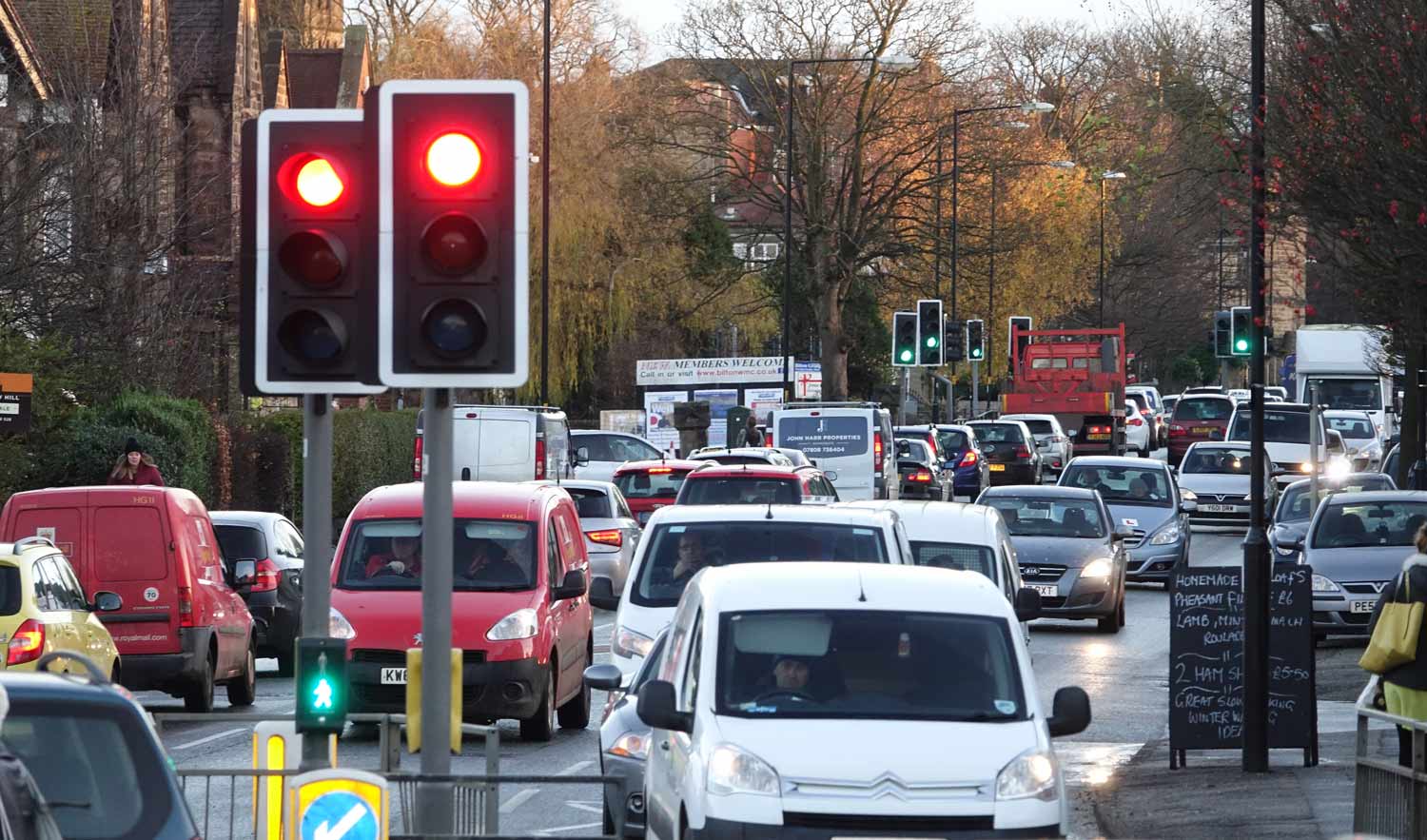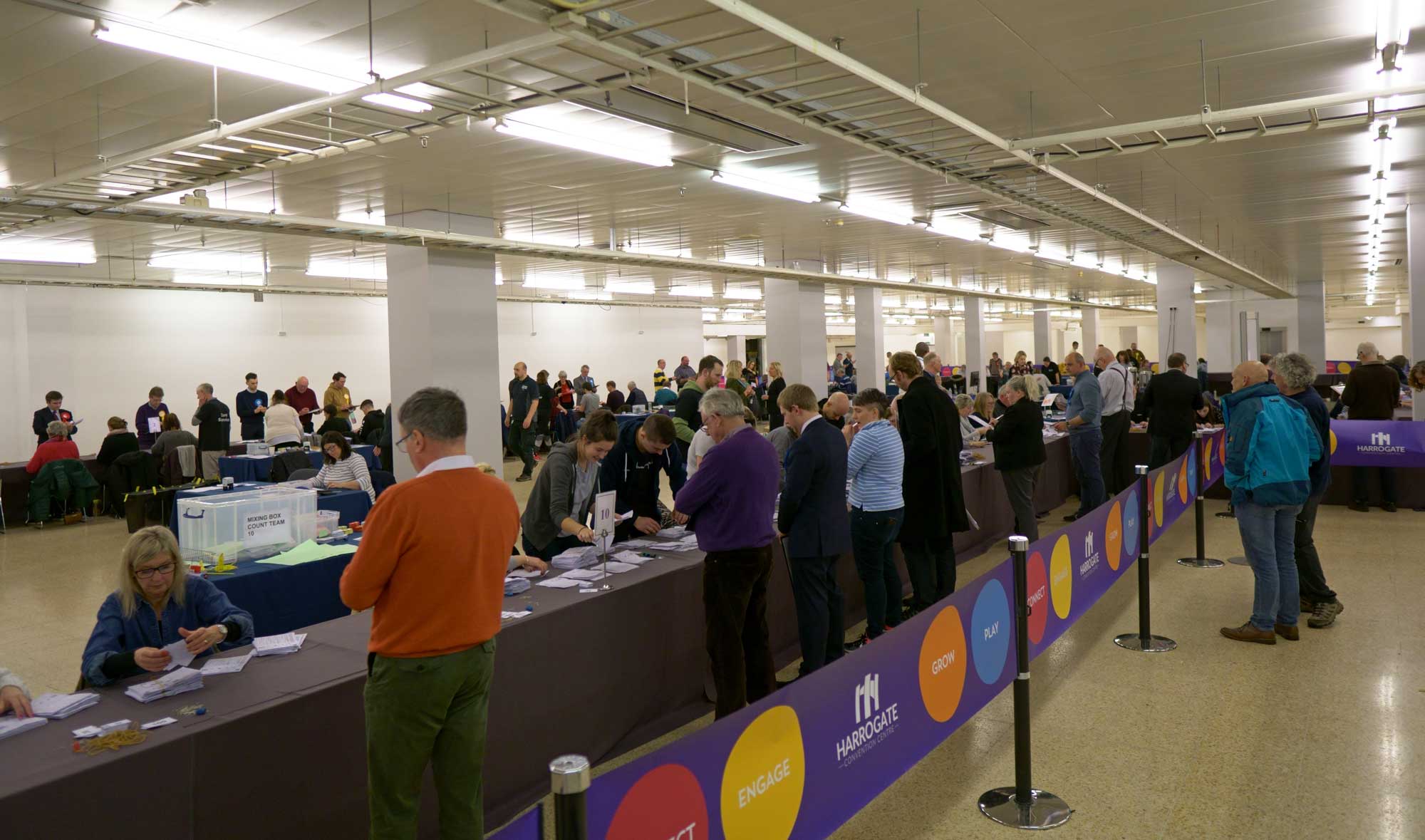Public opinions on the impact of congestion in Harrogate and Knaresborough and measures that might be used to address it will be sought in a 12-week public engagement beginning next Monday, 15 April 2019.
Everyone who lives, works or travels in the towns is being urged to have their say in a survey being carried out by North Yorkshire County Council.
Data shows that congestion in the towns is worse than anywhere else in the county. There are two air quality management action areas in Knaresborough, one in Harrogate and other which are close to the limits.
Housing and employment growth in the area is expected to continue, and while local improvements might offset the direct impacts of this growth, they will not help to solve existing congestion. More than 90 per cent of journeys in the two towns start and/or end in the Harrogate and Knaresborough urban areas. About half of all trips are wholly within these areas.
The authority commissioned consultants to look into congestion in the towns and to consider its impact and how it could be addressed.
David Bowe, the County Council’s Corporate Director of Business and Environmental Services, said:
Our website and questionnaire will be available from Monday, 15 April, until Monday, 8 July. This will give people plenty of time to consider fully all the issues and to make an informed response. I urge everyone in the Harrogate and Knaresborough area to look at the information and to fill in the questionnaire.
The more people who give us their views about congestion and what they want us to do, the easier it will be for us to develop a final package that reflects the opinions of local people. We have made every effort to make sure the engagement is open, accessible and transparent.
The complexity of the area’s traffic issues means they are unlikely to be addressed by a single solution, so two indicative packages combining a range of measures have been developed.
One focuses on managing demand and encouraging changes in behaviour and includes:
- developments in public transport and cycling and walking infrastructure,
- measures to improve journey planning,
- extended pedestrianisation in central Harrogate,
- increased car parking charges or congestion charging,
- Speed and weight limits, and
- making better use of existing roads, for example through traffic signalling improvements.
The second package contains similar measures plus the option of an inner relief road.
Both packages are at relatively early stages of development, so there has been no detailed design of any option. The packages simply illustrate what could be done and are wholly flexible.
County Councillor Don Mackenzie, Executive Member for Access, said:
Congestion can affect not only drivers, but also pedestrians and cyclists, people who live, work and shop in the towns, young and old and families who have chosen to make their home here. We all have a stake in making the roads easier to use, safer and healthier.
It is important that we understand the impact of congestion on the many thousands of people who live in or visit Harrogate and Knaresborough. If you tell us it is an issue, we need you to tell us what you would like us to do to help to reduce congestion and how you could change the way you travel to help to address the issue. We all contribute to congestion, so we all need to be part of the solution. Implementing measures to reduce congestion will be a long process. Nothing has yet been decided.
The questionnaire will be web-based, but will be available in a paper format for those that want to respond by mail. There will also be a series of public exhibitions to allow people without access to the internet to view information on the proposals. Throughout this process, the County Council is following national guidance set out by the Department for Transport.
From Monday, 15 April, people will be able to give their views at www.northyorks.gov.uk/harrogatecongestion
All views expressed during this survey will be taken into consideration when a decision is made on the type of package to take forward. Using the comments, the council will produce a package of measures that will deliver the best outcomes. There would be consultations on any specific measures as they are developed.







